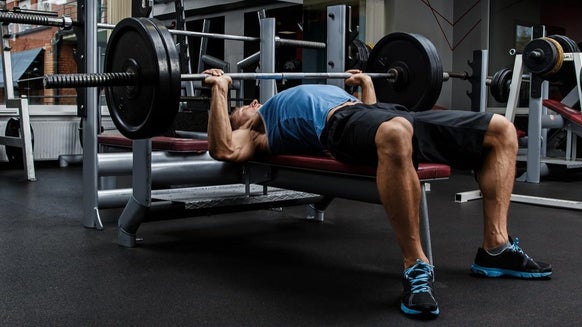
In the current climate, lockdown restrictions are confining many of us to our homes, only going out to do a food shop. Many of us also need fresh air that doesn’t come along with home workouts in the living room! Make the most of the ‘1-hour of exercise per day’ rule from the government by getting outdoors and improving your cardiovascular fitness.
The Benefits of Running
1. Running can help you to sleep well
Physical exercise like running will contribute to more time spent in deep sleep, which is the type of sleep that aids the most in recovery and leads to feeling well-rested. Not only does it increase the quality of your sleep, but the fatigue induced by exercise can make it easier to fall asleep and do so for longer periods of time – so that the body is able to recover from the exercise stimulus.
2. Running can improve your mental health
Forms of aerobic exercise like running have been shown to increase the activity in a part of the brain known as the hippocampus, responsible for things like processing emotion. In fact, research has found that the volume of the hippocampus can even increase over time as a result of aerobic exercise. The hippocampus’ role in problem-solving and emotional resilience can have a positive effect on common psychological and neurological conditions such as depression, dementia and cognitive impairment or decline – keeping you healthy and happy for longer.
3. Running can improve your self-esteem
Running provides an outlet for you to develop your physical fitness, have some alone time with your thoughts, challenge yourself and can aid in improving your body image if that is what you’re aiming for. The challenges faced with running help to build your confidence, as you set new goals and reach them through smart training strategies. This can help you feel more independent and overall can boost your self-esteem.
4. It’s a great tool for stress management
Exercise is well documented to help manage stress. Strenuous exercise increases the release of endorphins (your brains neurotransmitters that are involved in the process of making you feel good). Running, and exercise, in general, can offer an escape for you to move your focus away from stressful situations, comparable to meditation.
How to get the most out of your run
If you’re a new runner, start off small
Introducing yourself to a new activity with too much too soon is a classic recipe for injury. This may be as simple as going too far or having sessions too frequently. Both of these can result in large volumes of training load which structures like tendons and muscles might not have enough time to adapt to, subsequently leaving you with common injuries like tendonitis and muscle strains.
It’s normal to feel a bit sore after you’ve been running (especially the following 2 days with DOMS!), but the soreness should not be confused with pain. To minimise your risk of injury and maximise the adaptations you make to your training, aim for around 3 sessions per week to start with, then progress this by adding more sessions, longer distances (and shorter times over the same distance!). Building a healthy and sustainable running habit will take time, so try to make it as enjoyable as possible and make sure your recovery strategies are up to scratch!
Switch up your route
Changing your running route can help to keep your training interesting and can help you to become more familiar with your surrounding area. Not only will it prevent you from getting bored of one stale route, but it may also provide you with the opportunity to introduce a bit of novel training stimulus to add a bit of an extra challenge to your training. Live near the beach? Swing by for some higher resistance training that’s sure to get your legs burning! Live near some hills but normally opt for flatter routes?
Try incorporating some ascents and descents which will help to build your cardiovascular system much faster by pushing you into higher heart rate training zones.
Make sure you warm up properly
A proper warm-up should consist of around 10-15 minutes of dynamic movements and some static stretching, mobilising and increasing the temperature of the muscles you are about to use. This is shown to be effective for improving performance but may also have an influence on the reduction of injury prevalence. It may be especially important during these cold winter months, properly preparing your body to get moving and increasing your core temperature before getting hit with the cold weather!
Take Home Message
As we slowly approach the warmer months, the amount of daylight we see each day is increasing, which provides the perfect opportunity to get outside and get your heart rate up. With current lockdown restrictions keeping many indoors, running provides a great escape from what may be your relaxation and workspace, making great use of the exercise guidelines provided by the government!





